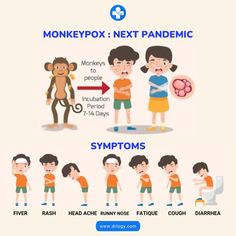EPILEPSY PATHOPHYSIOLOGY

EPILEPSY PATHOPHYSIOLOGY Epilepsy is a neurological disorder characterized by recurrent, unprovoked seizures, which are sudden bursts of electrical activity in the brain. The pathophysiology of epilepsy involves various mechanisms at the cellular, molecular, and network levels in the brain. 1. Abnormal Neuronal Activity Hyperexcitability: Neurons in the brain become overly responsive to stimuli, leading to excessive firing. This hyperexcitability can result from alterations in ion channels (e.g., sodium, potassium, calcium) that control the flow of electrical currents across the neuronal membrane. Hypersynchrony: During a seizure, groups of neurons fire simultaneously, a state known as hypersynchrony. This synchronized activity is abnormal and can spread across the brain, leading to various types of seizures. 2. Genetic Factors Inherited Mutations: Certain forms of epilepsy are linked to genetic mutations that affect ion channels, neurotransmitter receptors, or other proteins ...

.jpg)
